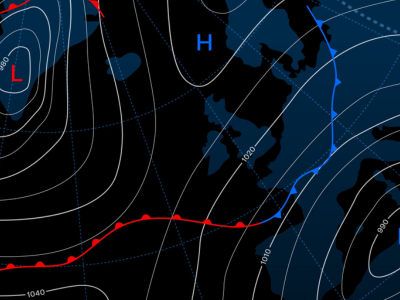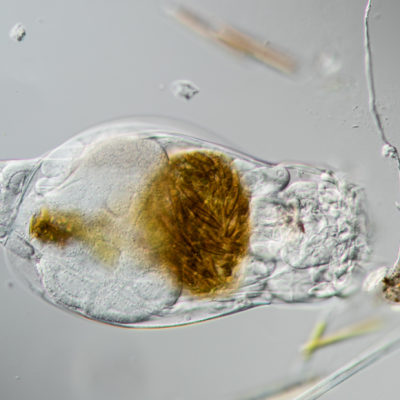Good news for the environment as scientists have discovered that the ozone hole over Antarctica is continuing to close. This positive trend could see the ozone hole fully regenerated to 1980s levels by the middle of the century. The World Meteorological Organization (WMO) has released a report, which includes contributions from the German Aerospace Center (DLR), stating that not only is the size of the ozone hole in the stratosphere (10 to 50 kilometers high) decreasing, but the measured ozone values are also improving. Professor Dr. Martin Dameris from the DLR Institute of Atmospheric Physics said, “This is a clear indication of the overall recovery of the ozone layer.”
The positive trend is based on calculations from a climate-chemistry model. Researchers from the DLR Institute of Atmospheric Physics tested the accuracy of the model by taking ozone values from 1960 and calculating them for the future. The results from the last 52 years were then compared to real observations and measurements. The scientists concluded that the ozone hole will be fully regenerated by the middle of the 21st century. Reliable data for simulation calculations is obtained from various measurement stations around the world, but the most important measurements come directly from Antarctica.
The massive emission of chlorofluorocarbons (CFCs) caused the huge ozone hole over Antarctica. Since the almost complete ban of CFCs in the mid-1990s, a positive trend towards closing the ozone hole has been observed. The production of ozone is dependent on various meteorological factors, so the size of the ozone hole does not decrease every year. However, the overall trend is positive, according to the researchers. This news is a significant step towards a healthier planet and a reminder of the importance of taking action to protect the environment.










